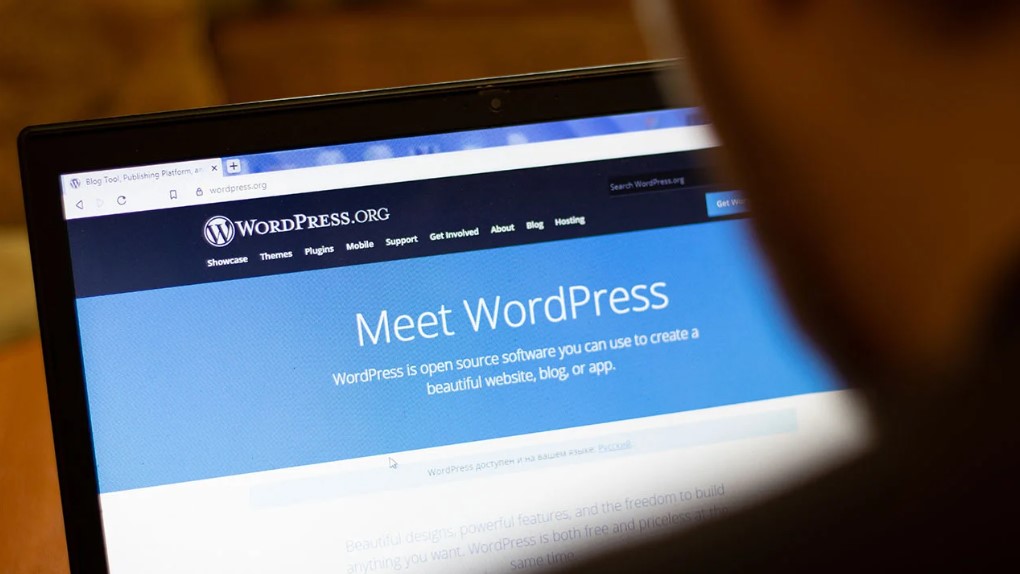

The process of Web Domain and Hosting is an umbrella term that deals with all types of hosting services. This includes shared hosting, VPS hosting, and others. WordPress hosting is a sub-category of web hosting that is specifically optimized for WordPress websites.
Many people who wish to build a website consider opting for a WordPress hosted website as it makes the entire process easier. With WordPress, you can easily select a template and customize the website as per your preference.
The Benefits of WordPress Hosting
- Pre-installed plugins and themes help create an optimized environment that eases technical setups and installations.
- Sites that run on a WordPress hosting plan will use a server configured specifically for WordPress sites.
- Besides WordPress automatic updates, web hosts ensure that their WordPress-infused servers run the updated software, resulting in a seamless performance.
- By default, WordPress uses the PHP email servers to send emails. But in a safe mode, it is better to use SMTP (Simple Mail Transfer Protocol), as it sends messages better as compared to PHP.
How to Make a WordPress Website?
To learn how to build a website with WordPress, read through the below steps:
a. The first step is to install WordPress, which can be done in various ways. If you have selected VPS or a dedicated hosting provider, you need to install WordPress on your own. Now if you select a managed hosting company, then the steps involved in installing WordPress are quite different.
b. The next step is to choose the appropriate WordPress theme. Here, you can customize colours, layouts, fonts, and other design elements that would match your branding style. Under this, there are two major kinds of themes, including free and premium. Free themes are available on the WordPress directory and premium themes are provided by the third-party developers.
c. Also, create WordPress blog pages, like the home, about us section, services, blog, and contact pages.
d. Set up the Navigation.
e. Build your first page, which serves to be the home page of your website, that serves to be the main identity of your business. Your home page should contain all the information that a new visitor should see, which are:
-
- Your Logo
- Navigation
- Headline
- Sub-headline
- Images
- Call to action (CTA)
- Text Content (that should be 300 words at least)
- Footer
- Social Proof
- Video Content
- An eye-catching design theme
f. Modify the headers and footers (if required)
g. Install Plugins, but while you do so, remember the following:
-
- Choose a good SEO plugin, like Rankmath, through which you can easily configure your SEO both off-page and on-page.
- Protecting your site from various malware should be one of your top concerns. Infuse security plugins into your site to get complete peace of mind.
- To keep your site running smoothly, you need to add a speed optimization plugin.
- If you are using a shared, VPS, or a dedicated hosting provider, you might have to install your caching solution. These cache plugins are one of the best, that give assurance to store your files safely. This also keeps your site bounce rate down and levels up your customer engagement ratio.
Tips to Remember
- Before knowing how to build a website WordPress, you should decide on selecting the perfect domain name that will define your brand, so make sure your research is rock solid. You can also consider the Top Level Doman (TLD) extension that you would like to use. This can be .com or can be something else. People find .com domain names to be a sign of recognition and trust and also form a major part of the SEO process.
- The next step is purchasing a WordPress hosting plan for your website. Decide which hosting package suits your needs. Good hosting providers will ensure 99% uptime and take care of the security patches and updates. In addition to this, it will also provide access to freebies such as SSL, email backups, and enthralling security.
- Before starting a WordPress website, plan the structure of your site and decide upon the pages that you want to include. By mapping out the pages, you will give the visitors an outlook of a well-organized and easy-to-navigate website.
- Also, decide on the content that you need for every page of your website, including text, images, videos, or other elements like social media feeds. By having a rough outline of your content, you can write good SEO copies, and taking the required time to do so will be an excellent way through which you can shoot up the SERP rankings and provide users with a seamless experience.
Conclusion
Therefore, getting started with WordPress Hosting or selecting the appropriate hosting service is crucial for determining the success of your online business.
By considering factors such as speed, security, uptime, support, scalability, and pricing, you can make a balanced decision of how to create a WordPress website for beginners step by step that would benefit your website in the long run.






